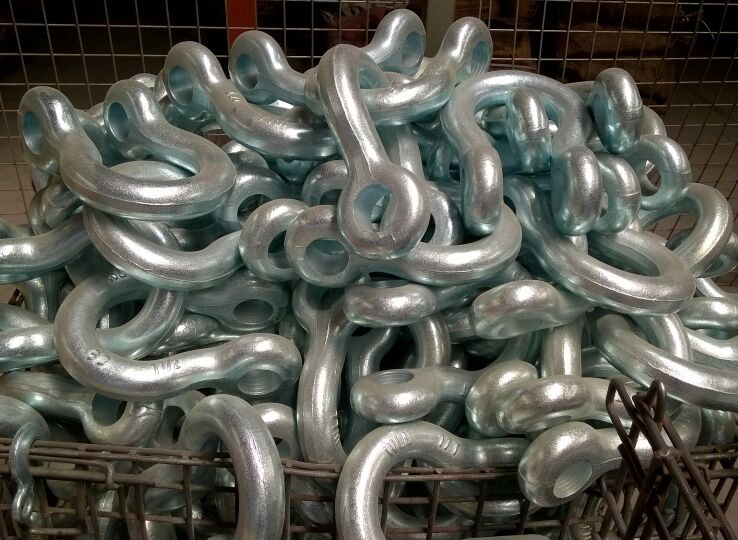The difference between electric-galvanizing and hot-dip galvanizing

First, Difference of Essence
Electro-galvanizing, also known as cold-galvanizing, use the electrolyzing equipment, put the workpiece into the zinc salt solution after decreasing and pickling, connect the negative electrode of the electrolysis equipment,place a zinc plate on opposite side and put the positive electrode, when the power is turned on, and the current is moved from the positive electrode to the negative electrode, a layer of zinc is deposited on the workpiece.
Hot dip galvanizing, it is a method in which steel members are immersed in zinc liquid to obtain a metal coating layer. The workpiece is decreased, pickled, dipped, dried and immersed in molten zinc for a certain period of time.
Second, Difference of Theory
Electro-galvanizing, the zinc alloy is separated into zinc ions by chemical method, and adheres to the surface of the workpiece. Generally, the zinc layer is thin, and the steel is easily corroded under normal circumstances. Cold galvanizing is used for the corrosion protection of various steel products and structures. The amount of cold galvanized zinc is very small, only 10-50g per square meter.
Hot galvanizing
When the workpiece is immersed in the zinc liquid, the surface forms an iron-zinc alloy layer, the iron content is not more than 0.003%, the hot-dip galvanizing coverage is good, the zinc layer is fine, and there is no organic matter inclusion.
Third, Differences of Appearance
Cold galvanized, the exterior is smooth, bright and uniform, and the voucher is color passivated. The electroplated zinc can be yellow-green or blue-white. Since the zinc layer is thin, the surface is smooth, there is no zinc tumor and agglomeration occurs.
Hot-dip galvanizing, the appearance is darker and slightly rougher than cold-galvanized. It is not as smooth as cold-galvanized, and the color is silver-white. The surface is not bright, not reflective, and it is easy to produce process water lines and drip.

